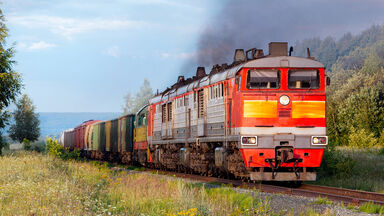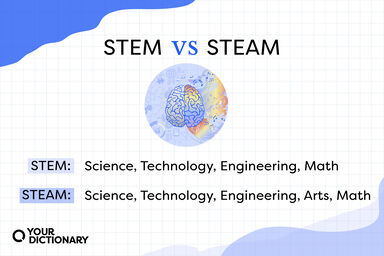The main features of the steam locomotive were thus established, and its subsequent development is chiefly a history of gradual increase in size and power, and of improvements in design, in material and in mechanical construction, tending to increased efficiency and economy of operation.
The latter, named the America, was the first to be delivered, reaching New York in January 1829, but one of the others, the Stourbridge Lion, was actually the first practical steam locomotive to run in America, which it did on the 9th of August 1829.
The theoretical limit is about i in 16; between I in 20 and 1 in 16 a steam locomotive depending on the adhesion between its wheels and the rails can only haul about its own weight.
For the methods of electric traction see Traction; the remainder of the present article will be devoted to the steam locomotive.
When the service is frequent enough to give a good power factor continuously, the steam locomotive cannot compete with the electric motor for the purpose of quick acceleration, because the motors applied to the axles of a train may for a short time absorb power from the central station to an extent far in excess of anything which a locomotive boiler can supply.





